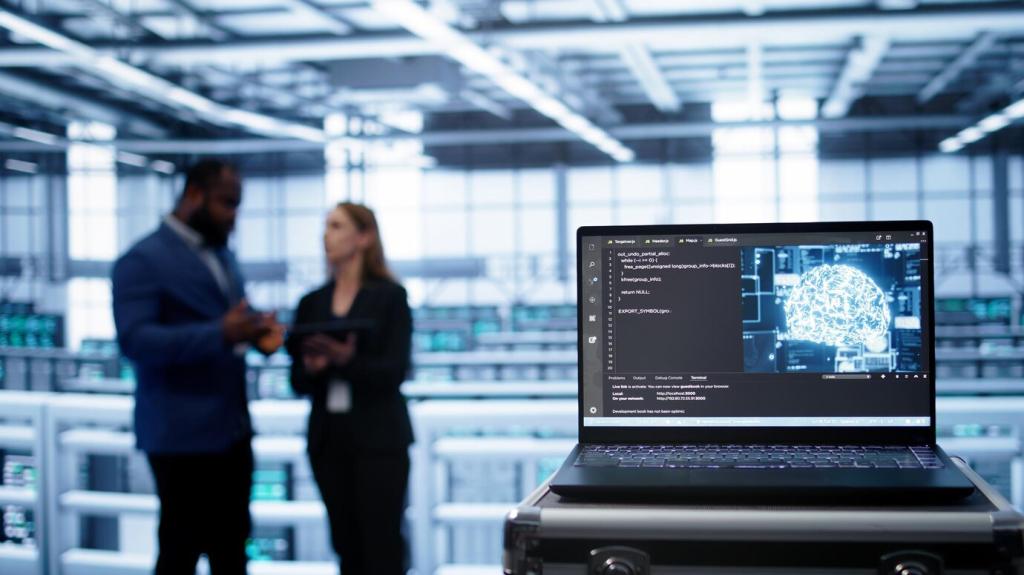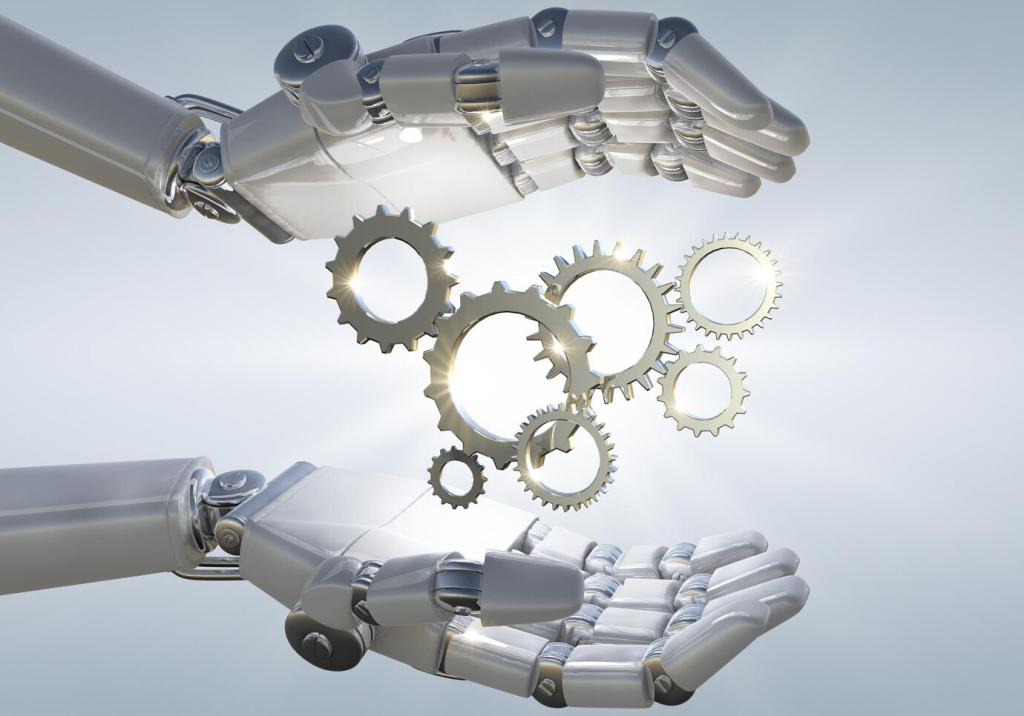
Future Trends in Home Automation and Security
The landscape of home automation and security is rapidly transforming, fueled by technological advancements and increasing consumer demands for convenience and safety. As smart devices become more intertwined with our daily lives, the future promises even deeper integration and enhanced protection features in the modern home. Homeowners are no longer satisfied with basic alarms or simple automation; they now look for intelligent, adaptive systems that anticipate needs and provide peace of mind. This page explores the most significant trends shaping the future of home automation and security, illustrating how innovation will redefine the concept of smart living across connectivity, artificial intelligence, sustainability, and proactivity.
AI-Powered Smart Homes
The next generation of voice assistants will move far beyond simple command-and-control functions. Future voice assistants, leveraging advanced AI, will engage in natural, context-aware conversations, learning from daily routines and preferences. They will proactively suggest actions—such as adjusting lighting or locking doors when it senses you’re about to leave. With robust natural language processing, these assistants will discern emotional cues and tailor responses to individual household members, making interactions more meaningful. Security will also be enhanced, as voice biometrics enable identity recognition and personalized access control, ensuring that only verified users can initiate sensitive commands, thus bolstering both user experience and home protection.

Seamless Connectivity and Interoperability
Universal Home Protocols
As the number of smart devices grows, so does the challenge of compatibility. New universal home protocols will enable devices from diverse brands and generations to work together harmoniously. These protocols ensure that a new smart lock, thermostat, or security sensor can instantly connect and communicate with other systems in the house. This interoperability will not only simplify installation and expansion but also help build a resilient, adaptive security grid. With seamless connectivity, homeowners can orchestrate complex routines—like automating security checks or energy savings—across all devices effortlessly, driving widespread adoption and enhancing the overall user experience.
5G and Beyond
Enhanced connectivity through 5G networks, and eventually 6G, is poised to transform the responsiveness and reliability of smart homes. With ultra-low latency and massive bandwidth, these advanced networks will allow for real-time communication between devices, enabling instant data transfer and smarter decision-making. Video surveillance, emergency notifications, and automated system updates will happen faster than ever, enhancing security and user convenience. Moreover, increased network efficiency will allow for more devices to operate simultaneously, paving the way for more comprehensive and sophisticated home automation solutions that respond fluidly to evolving household needs.
Cloud and Edge Integration
The future of smart homes relies on the synergy between cloud computing and edge processing. Complex tasks and data analytics will be handled in the cloud, where resources are abundant and scalable, while time-sensitive operations—such as immediate security alerts—will run locally at the edge. This balance ensures both the intelligence and the speed that modern households demand. Homeowners will benefit from more reliable systems that maintain functionality even during connectivity hiccups, while also enjoying greater data privacy and control. As cloud and edge integration matures, it will underpin the next generation of intelligent, connected, and secure living environments.

Smart Energy Management
Intelligent energy management systems will monitor electricity usage, identify inefficiencies, and automatically adjust devices to minimize waste. These systems will learn the routines of homeowners, optimizing heating, cooling, and lighting schedules for maximum efficiency without sacrificing comfort. Integration with renewable energy sources—like solar panels and battery storage—will further enhance sustainability, allowing homeowners to reduce grid reliance and potentially contribute excess power. Real-time analytics and actionable insights will be delivered via intuitive dashboards, empowering users to track their consumption and make informed decisions, collectively moving smart homes towards a greener future.

Eco-Friendly Security Devices
Future security devices will be designed with sustainability in mind, utilizing energy-efficient components and manufacturing processes. Battery-operated cameras and sensors will leverage energy harvesting and low-power operation to extend lifespans and reduce environmental impact. Smart locks, alarms, and other security gadgets will incorporate recycled materials, minimize packaging waste, and support updates for longevity rather than replacement. This eco-centric approach will allow homeowners to prioritize safety without compromising their commitment to environmental stewardship, aligning personal well-being with the greater good of the planet.

Automated Environmental Controls
Advanced environmental controls will dynamically adjust airflow, humidity, and temperature based on real-time data from integrated sensors. These systems ensure optimal indoor air quality and comfort, using predictive algorithms that learn from the occupants’ habits and seasonal changes. Automated shutters, blinds, and fans will work cohesively with HVAC systems to reduce energy consumption while maintaining ideal living conditions. By automating these aspects, the modern home not only becomes more comfortable but also more eco-friendly, ensuring that resource optimization is a fundamental element of future home automation and security.
